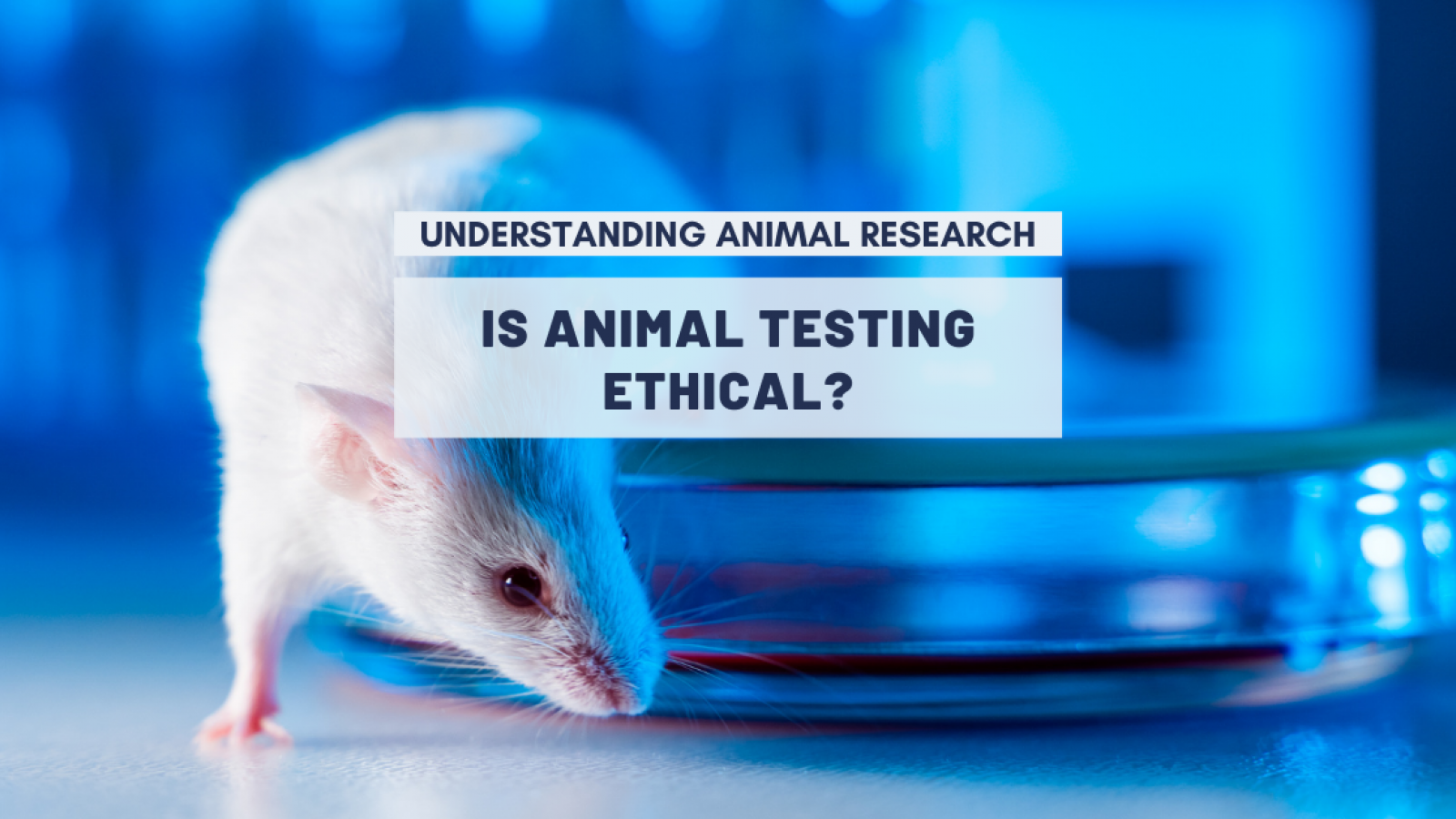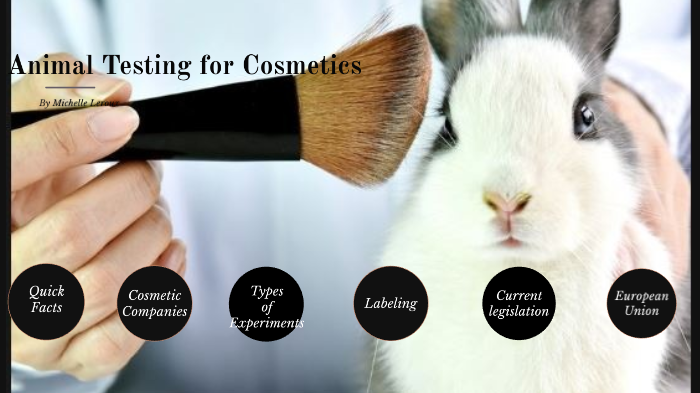The Ethical Landscape Of Animal Testing In Cosmetics: A Comprehensive Guide
The Ethical Landscape of Animal Testing in Cosmetics: A Comprehensive Guide
Related Articles: The Ethical Landscape of Animal Testing in Cosmetics: A Comprehensive Guide
Introduction
With great pleasure, we will explore the intriguing topic related to The Ethical Landscape of Animal Testing in Cosmetics: A Comprehensive Guide. Let’s weave interesting information and offer fresh perspectives to the readers.
Table of Content
- 1 Related Articles: The Ethical Landscape of Animal Testing in Cosmetics: A Comprehensive Guide
- 2 Introduction
- 3 The Ethical Landscape of Animal Testing in Cosmetics: A Comprehensive Guide
- 3.1 Understanding Animal Testing in Cosmetics
- 3.2 Ethical Considerations: The Argument Against Animal Testing
- 3.3 The Impact of Animal Testing: A Deeper Look
- 3.4 The Rise of Cruelty-Free Cosmetics: A Shift in the Industry
- 3.5 The Ongoing Debate: A Balancing Act
- 3.6 FAQs: Addressing Common Questions about Animal Testing in Cosmetics
- 3.7 Tips for Making Ethical Choices: Choosing Cruelty-Free Cosmetics
- 3.8 Conclusion: A Future Without Animal Testing
- 4 Closure
The Ethical Landscape of Animal Testing in Cosmetics: A Comprehensive Guide
/GettyImages-1316412895-c10088ce59774d329891a246daa68dda.jpg)
The beauty industry, a multi-billion dollar market, is often lauded for its innovation and creativity. Yet, a dark shadow hangs over this glamorous facade: the practice of animal testing for cosmetics. While many countries have outlawed this practice, a significant number of brands still rely on animal experimentation, raising ethical and scientific concerns. This article provides a comprehensive overview of animal testing in cosmetics, delving into its history, its impact, and the ongoing efforts to eliminate it.
Understanding Animal Testing in Cosmetics
Animal testing, in the context of cosmetics, refers to the use of animals to assess the safety and efficacy of ingredients and finished products. This practice involves exposing animals to chemicals, formulations, or finished products to observe their reactions, including skin irritation, allergic responses, or toxicity.
Historically, animal testing was considered a crucial step in ensuring product safety. However, the ethical implications of this practice have been increasingly scrutinized, leading to widespread calls for alternative methods.
Ethical Considerations: The Argument Against Animal Testing
The ethical arguments against animal testing are multifaceted and compelling. The primary concern centers around the inherent suffering inflicted upon animals. Animals subjected to these tests often experience pain, distress, and even death.
Furthermore, there are ethical concerns about the inherent limitations of animal testing. Animals, despite their biological similarities to humans, are not perfect models for human responses. This means that results obtained from animal testing may not accurately predict human responses, potentially leading to misleading conclusions about product safety and efficacy.
The Impact of Animal Testing: A Deeper Look
The impact of animal testing extends far beyond the immediate suffering of individual animals. It has significant implications for the environment, animal welfare, and the development of effective and ethical alternatives.
Environmental Impact: Animal testing often involves the use of hazardous chemicals and materials, contributing to environmental pollution and potential harm to ecosystems.
Animal Welfare: The practice raises serious concerns about animal welfare. Animals used in testing are often confined to small cages, deprived of natural behaviors, and subjected to painful procedures.
Scientific Limitations: While animal testing has played a role in scientific advancements, its limitations are becoming increasingly apparent. The differences in physiology and metabolism between animals and humans can lead to inaccurate predictions of human responses.
The Rise of Cruelty-Free Cosmetics: A Shift in the Industry
The growing public awareness of the ethical and scientific limitations of animal testing has led to a significant shift in the cosmetics industry. Consumers are increasingly demanding cruelty-free products, prompting brands to explore and adopt alternative methods.
Cruelty-Free Certification: Organizations like PETA (People for the Ethical Treatment of Animals) and Leaping Bunny offer cruelty-free certifications to brands that meet specific criteria. These certifications assure consumers that products have not been tested on animals at any stage of development.
Alternative Testing Methods: Advancements in science have paved the way for innovative and humane alternatives to animal testing. These methods include:
- In Vitro Testing: This involves using human cells or tissues in laboratory settings to assess the safety and efficacy of products.
- Computer Modeling: Sophisticated computer programs can simulate biological processes, offering valuable insights into product safety and efficacy.
- Human Volunteers: Controlled studies involving human volunteers can provide more accurate data on product safety and efficacy.
The Ongoing Debate: A Balancing Act
Despite the growing trend towards cruelty-free cosmetics, the debate surrounding animal testing remains complex. Some argue that animal testing is still necessary for certain types of research, particularly in the development of life-saving drugs.
However, proponents of animal testing are increasingly facing scrutiny as alternative methods become more reliable and accessible. The scientific community is working to refine and validate these alternatives, paving the way for a future where animal testing is no longer necessary.
FAQs: Addressing Common Questions about Animal Testing in Cosmetics
1. Is it illegal to test cosmetics on animals in all countries?
No. While many countries have banned or restricted animal testing for cosmetics, others still allow it. The European Union has a complete ban on animal testing for cosmetics, while countries like China still require it for certain products.
2. How can I identify cruelty-free cosmetics?
Look for products bearing cruelty-free certifications from organizations like PETA or Leaping Bunny. These certifications guarantee that the product and its ingredients have not been tested on animals.
3. Are all vegan products cruelty-free?
Not necessarily. While vegan products do not contain animal-derived ingredients, they may have been tested on animals. Look for cruelty-free certifications to ensure a product is both vegan and cruelty-free.
4. What are the alternatives to animal testing?
Alternative methods include in vitro testing, computer modeling, and human volunteer studies. These methods provide more accurate and ethical ways to assess product safety and efficacy.
5. What can I do to help eliminate animal testing in cosmetics?
Support cruelty-free brands, educate others about the issue, and advocate for legislation that bans animal testing for cosmetics.
Tips for Making Ethical Choices: Choosing Cruelty-Free Cosmetics
1. Research Brands: Before purchasing a cosmetic product, research the brand’s testing policies. Look for cruelty-free certifications or statements on their website.
2. Read Labels: Pay attention to labels and certifications. Look for symbols like the Leaping Bunny or PETA’s cruelty-free logo.
3. Support Cruelty-Free Brands: Choose products from brands that are committed to cruelty-free practices.
4. Advocate for Change: Encourage brands to adopt cruelty-free practices and support organizations working to eliminate animal testing.
5. Stay Informed: Stay up-to-date on the latest developments in the cosmetics industry and advocate for policies that protect animals.
Conclusion: A Future Without Animal Testing
The future of cosmetics lies in embracing innovation and ethical practices. By supporting cruelty-free brands and advocating for change, consumers can contribute to a world where animal testing is a relic of the past. The development of reliable and humane alternatives to animal testing is a testament to scientific progress and a commitment to ethical values. As consumers become increasingly aware of the ethical implications of their choices, the demand for cruelty-free products will continue to grow, driving the industry towards a more compassionate and sustainable future.








Closure
Thus, we hope this article has provided valuable insights into The Ethical Landscape of Animal Testing in Cosmetics: A Comprehensive Guide. We appreciate your attention to our article. See you in our next article!
You may also like
Recent Posts
- The Art Of Persuasion: A Comprehensive Guide To Makeup Product Label Design
- A Comprehensive Look At Mary Kay Cosmetics: Reviews, Insights, And Considerations
- Affordable Skin Care: A Guide To Effective Products Under INR 100
- Navigating The World Of Mary Kay Discounted Products: A Comprehensive Guide
- The Power Of High-Resolution Images: A Guide To Acquiring The Best Visuals For Your Projects
- The Power Of Reviews: Navigating The World Of Makeup Products
- Swiss Beauty Makeup: A Comprehensive Guide To Quality And Affordability
- Embracing Natural Beauty: Makeup Tips And Techniques For Women Over 50
Leave a Reply